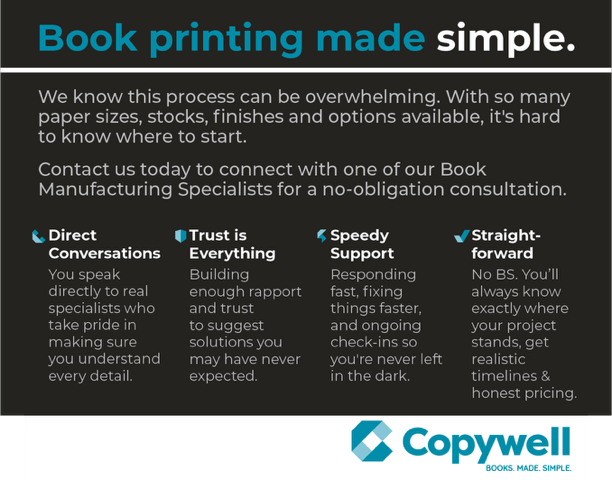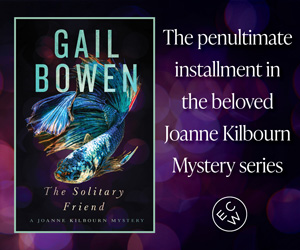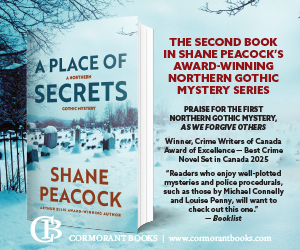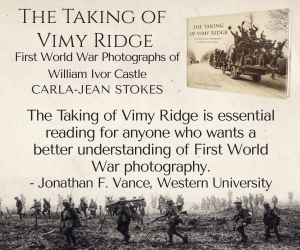Grant Writing 101: Support Material
By Lindsay Zier-Vogel
When I’m not writing books, I write grants for artists and non-profits and if my inbox is any indication, nothing says the new year like applying for grants! Let’s start 2025 with some grant funding!!!
For the current Canada Council Research & Creation grant, there are a bunch of required attachments (in addition to the budget, more info about that here!): support material (an example of your writing), letters of support/confirmation and bios from any artistic collaborators and community partners, and info about a residency if that’s part of your grant.
Let’s break down each of these components to make your application the strongest it can be.
Support Material (aka writing sample)
Your writing sample is crucial, and is part of the Artistic Merit component that the jurors will use to score your application (which makes up a whopping 50% of the criteria!)
You’ve can include 10-20 pages of text, and the jury is instructed to spend 10 minutes with your work. Do not, under ANY circumstances, include more than the 20 pages. Also, remember the jury is made up of writers, so no futzing with making margins smaller, or using impossibly small fonts. Use the standards—12-point, easy-to-read font, double spaced for fiction/non-fiction, and single spaced for poetry.
Even if your proposed project is in its infancy, include writing from your proposed project. Show the jury an example of what you’ve been writing about for the whole grant! You can include in the header of the document what stage of writing you’re in.
It is key to include writing that exemplifies what you wrote about in the body of your grant. If you said you want to explore first person narrative, ensure the section you’re including is a first person narrative. If you said you want to experiment with poetry forms, then include examples of that!
It’s easy to include the first 10-20 pages of a project, but you can choose to be more strategic. Do those first pages really showcase your best writing and what you’ve written about in the text part of the grant? If not, include sections from any part of the project (and if you need to, you can include an italicised note in the document to locate the jurors about where they are in the text).
Your CanLit News
Subscribe to Open Book’s newsletter to get local book events, literary content, writing tips, and more in your inbox
I’d suggest using the full 20 pages, so if you don’t have 10-20 pages from your proposed project, include a previous project, and make sure to include in the document how it relates specifically to your proposed project. (Note: this is not required to be a published piece).
Note: except for the page count, this is all applicable for OAC and TAC writing samples as well!
Letters of support from artistic collaborators and/or community partners:
This component is part of the feasibility criteria (20% of the total score). So what can these collaborators/community partners be? Artistic collaborators can be mentors, or editors, or beta readers. Community partners can include people you’re interviewing.
Two keys things in a letter from an artistic collaborator/community partner are rates and dates. How much are you paying them (and yes, provide an honorarium for interviewees time), and when will they be doing the work for you (Note: these should also be reflected in your timeline, and your budget).
In addition to the basics (spelling your name correctly, and including your project’s working title), it also helps to have a short paragraph about how excited they are to work with you and what they’ll bring to the project.
You can offer to draft a letter for them if that’s helpful.
Bios of artistic collaborators and/or community partners:
This is also part of the 20% feasibility component, and make sure the content of the bio is related to the role they’ll be playing in your project. If you’re hiring an editor who also wears other creative hats, make sure that they’ve highlighted their editing work.
Residency letters:
Note: This component is part of the 20% feasibility criteria
If you’ve been accepted to a residency, CONGRATS! Attach your letter of acceptance, and make sure it includes everything the residency offers.
If you haven’t yet been accepted, you are not alone! The timelines of applying to a residency and applying for funding are really hard to line up. So how do you include a residency you’ve applied for, but haven’t heard about in a Research & Creation grant application?
What not to do:
I can’t tell you the number of times people attach a screenshot of the Banff Centre homepage. This does not fulfill the requirement of including information on what the residency will provide.
What you can do instead:
If you don’t know if you’ve been accepted to a residency when you apply, you can include the emailed receipt of your application, along with a screenshot of everything the residency will provide.
I’d also suggest you include in a contingency – if you don’t get into the residency, you’ll create a self-created retreat/residency – something that indicates to the jury that you have a plan to complete the work/use the funding even if you’re not accepted. Make sure this contingency is fully articulated in both the text of your grant, and in the timeline.
And now that you’ve got all of your documents ready, make sure to read over the required formats and how to name each file before you add them to the portal and press submit!
You’ve got this!
If you’re looking for more support with grant writing, I’ve written a lot more about it here at Open Book:
Grant writing 101: Writing a budget
Grant writing 101: How to write an artist CV
You didn’t get a grant…now what?
Grant writing 101: Changes to the Canada Council
Grant writing 101: How to write a final report
The views expressed by Open Book columnists are those held by the authors and do not necessarily reflect the views of Open Book.
Lindsay Zier-Vogel is an author, arts educator, grant writer, and the creator of the internationally acclaimed Love Lettering Project. After studying contemporary dance, she received her MA in Creative Writing from the University of Toronto. She is the author of the acclaimed debut novel Letters to Amelia and her work has been published widely in Canada and the UK. Dear Street is Lindsay’s first picture book, and is a 2023 Junior Library Guild pick, a 2023 Canadian Children’s Book Centre book of the year, and has been nominated for a Forest of Reading Blue Spruce Award. Since 2001, she has been teaching creative writing workshops in schools and communities, and as the creator of the Love Lettering Project, Lindsay has asked people all over the world to write love letters to their communities and hide them for strangers to find, spreading place-based love.




